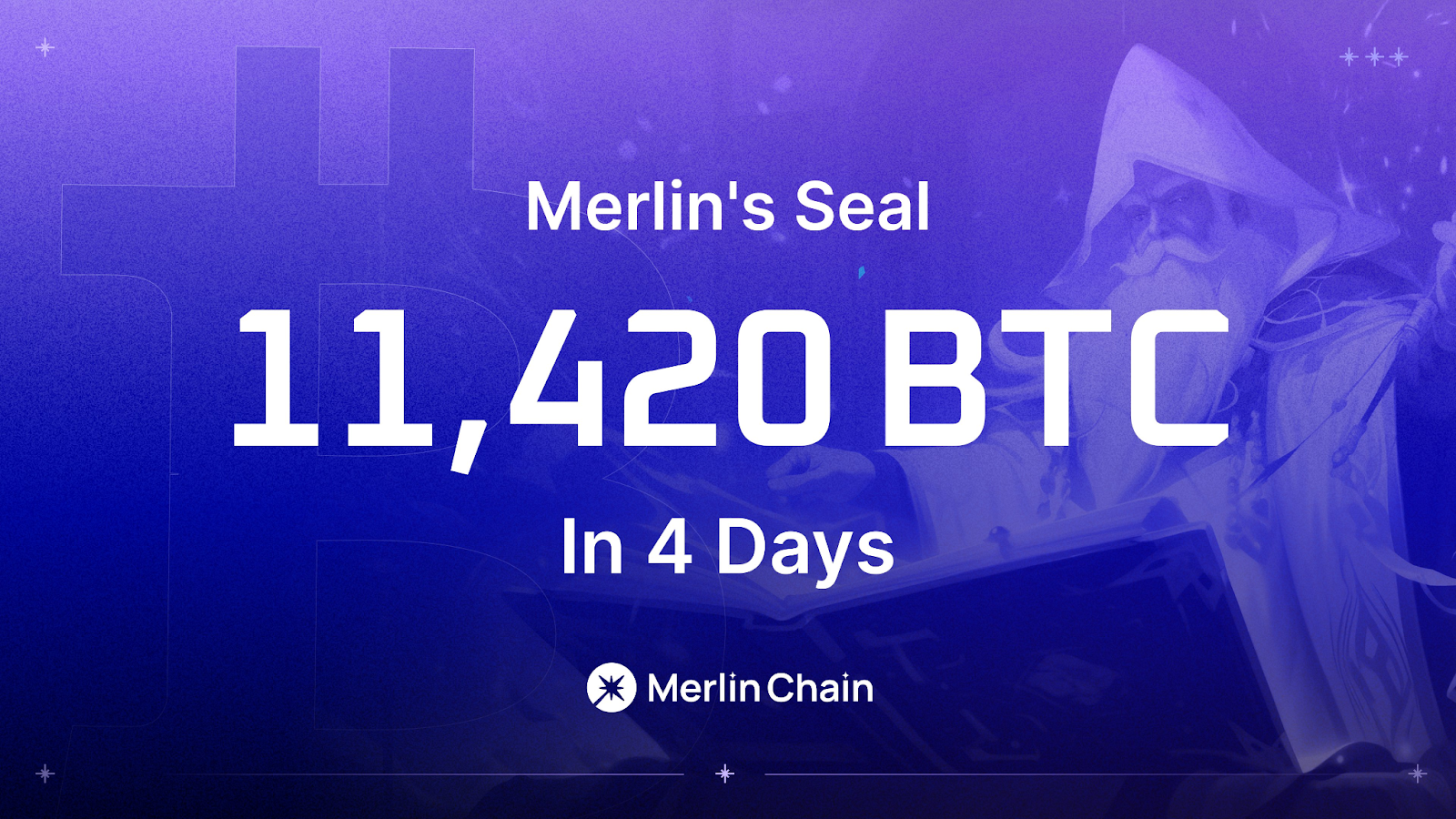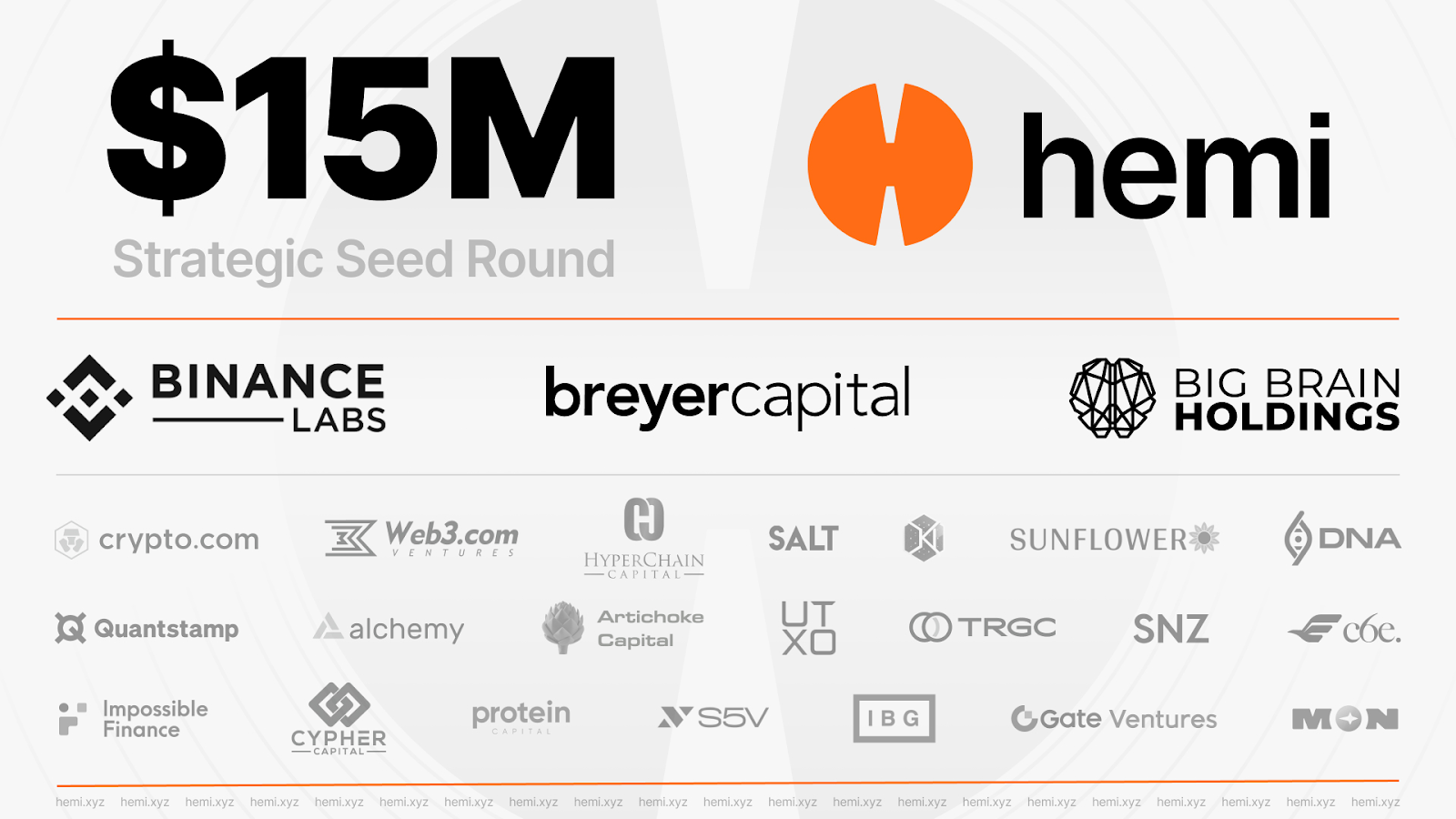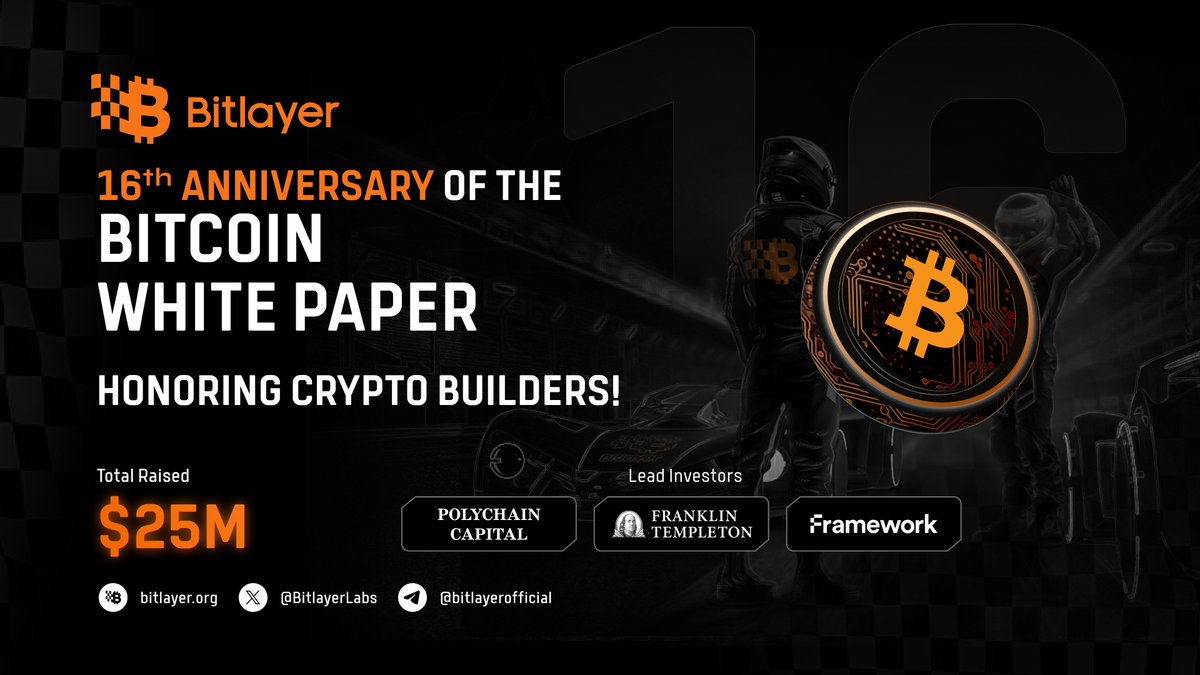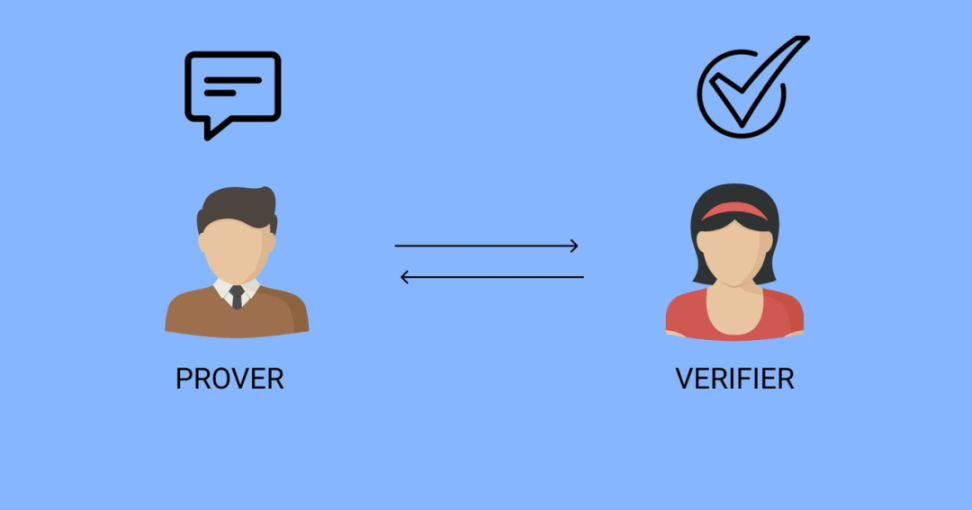The concept of Layer 2 is deeply rooted in Ethereum, but it is still in its infancy in Bitcoin, leading to a development direction that is distinctly different from Ethereum's L2 due to the underlying logic. This article will explore the development directions and progress of leading BTC Layer 2 projects such as BitLayer, MerlinChain, and HemiNetwork.
Written by: 0xResearcher
Background
According to a research article by Messari, Bitcoin's inherent limitations in data availability (DA) and Turing completeness (SC) have resulted in relatively slow ecological development. The mainstream BTC Layer 2 solutions currently integrate innovative technical architectures to continuously improve the ecosystem, forming solutions with high flexibility and technical depth for the BTC native network.
Since its inception, Merlin Chain has gradually adapted to and promoted the upgrade and innovation of the Bitcoin ecosystem through flexible strategies and technical advantages. With a strong community foundation (covering areas such as BRC-20, BRC-420, Blue Box, and Bitmap Game), Merlin is evolving from a Bitcoin sidechain to a ZK Layer 2, fully leveraging its potential in decentralized finance and cross-chain interoperability.

Hemi Network is a modular second-layer network that facilitates Ethereum smart contract functionality protected by the Bitcoin network. This chain introduces the Hemi Virtual Machine (hVM), which integrates a complete Bitcoin node into the Ethereum Virtual Machine (EVM) — Ethereum's core smart contract engine. HVM allows developers to create smart contracts that interact with Bitcoin's state, unlocking Bitcoin-based DeFi applications, including staking, lending markets, and democratized MEV markets.

Bitlayer is a second-layer solution that provides Bitcoin-equivalent security and Turing completeness. It is also the first built on BitVM. Bitlayer aims to bring secure scalability to the Bitcoin ecosystem, promote asset diversity, and stimulate innovation to provide a faster, safer, and more flexible user experience.

Technical Architecture Iteration
Initially, the essence of Layer 2 scaling is to offload some computational tasks from the blockchain to off-chain and return the computation results back to the chain, thereby enhancing the blockchain's computational capacity. In contrast, Layer 1 scaling involves improvements to the blockchain protocol itself to achieve scalability. Layer 2 scaling does not change the blockchain protocol itself but achieves scalability through on-chain smart contracts and off-chain interactions. The core aspect lies in the data interaction between Layer 1 and Layer 2, as well as how to ensure the security of assets on Layer 2.
As a result, many Layer 2 projects focus their core vision on infrastructure construction to achieve scalability. Currently, the main technical routes for Layer 2 scaling include sidechain scaling, state channel scaling, Plasma, and Rollup.
When mentioning Rollup, it is inevitable to discuss Optimistic Rollup and ZK Rollup. OP is currently the largest ecological solution among Layer 2 projects, with 60% to 90% of Ethereum's Layer 2 using this protocol. ZK-Rollup is considered by Vitalik Buterin as the ultimate solution to the scaling problem.
ZK, as a concept, has been validated for reusability in BTC. Through zero-knowledge proofs, one party can prove something to another party without providing any necessary information, thus achieving privacy protection.
The two fundamental characteristics of ZK are:
- Proving what one wants to prove while revealing "zero" information to the verifier.
- Generating the proof is labor-intensive, but verifying the proof is easy.

Initially, Merlin Chain adopted Polygon's CDK RaaS service, using Validium architecture to store off-chain data, only publishing validity proofs on L1. However, this architecture relies on a trust chain, making it difficult to achieve complete decentralization, and Validium has gradually been replaced by a more transparent Rollup architecture in the development process of Bitcoin Layer 2. To address these challenges, Merlin Chain upgraded its architecture in the following two ways:
Cross-chain bridge and enhanced data verifiability: Merlin collaborated with BitcoinOS to build the Proof virtual machine BitSNARK based on ZK, and achieved trusted asset cross-chain and state verification between L2 and the Bitcoin mainnet through Grail Bridge. This intermediary network not only enhances the security of L2 but also improves cross-network interoperability.
Improving data availability (DA): Merlin also partnered with Nubit to deploy full nodes to synchronize the full state data of Bitcoin and verify on-chain through Bitcoin light nodes, thereby ensuring the transparency and verifiability of off-chain data, significantly enhancing the system's data availability.
Through the above innovative architecture, Merlin Chain is accelerating its transition to a Bitcoin ZK-Rollup network. Its network framework consists of modules such as Node, zkProver, and Database, and it plans to achieve permissionless node distribution, data transparency, and verifiability on the Bitcoin mainnet through a decentralized oracle network based on the Ordinals protocol in the future.
Progress in Bitcoin Ecosystem Innovation
Merlin CEO Jeff revealed several upcoming upgrades and highlights of activities:
Implementing cross-token payments to increase GAS consumption of $MERL
Merlin recently launched the "MERL as Gas" feature, allowing users to choose to pay transaction gas fees with either MERL or BTC, giving more utility to the MERL token. The upcoming "MERL as Gas Compensation Activity" will further incentivize users to participate in network activities, promoting network liquidity. At the same time, Merlin will launch an upgraded AA wallet, Particle, which supports using MERL tokens to pay gas fees, significantly optimizing the user experience, especially enhancing transaction convenience in the upcoming large-scale activities. Users only need to hold MERL tokens or purchase them from exchanges and transfer them to their wallets to quickly conduct transactions without waiting for Bitcoin bridging, greatly lowering the usage threshold.
Expanding the BTC ecosystem in collaboration with mainstream wallets
Merlin will collaborate with several mainstream wallets to launch reward activities totaling millions of dollars, including Bitcoin, stablecoins, and MERL tokens, to expand the user base and optimize the on-chain transaction experience. Its long-term goal is to promote the global expansion of the Bitcoin ecosystem and attract hundreds of millions of users.
BTC Expansion Plan
Merlin plans to provide diversified on-chain services through a Telegram mini-program, including social games, AI tools, and token trading functions, to help Web2 users smoothly transition to the Web3 ecosystem. Jeff proposed three user guidance strategies: tools designed specifically for Web3 users, social interactions based on new asset concepts, and a fusion model combining Web2 and Web3 users. Through mini-programs supported by the Telegram API, Merlin hopes to provide users with smooth and convenient on-chain operations and explore more fiat entry and exit channels.
Current Status of the Project
Merlin Chain has successfully launched on the well-known crypto trading platform Kraken, marking an important milestone in its compliance and acceptance in the BTC Layer 2 market. It is worth emphasizing that the team's release schedule in the first 12 months is 0%, and only 1.4% will be released in the next 24 months.
Hemi Network recently concluded a $15 million seed round led by @binancelabs, @breyercap, and @BigBrainVC. As a modular BTC Layer 2 narrator, its hVM technical vision is also highly anticipated.
Bitlayer's recent Series A financing has also risen to a substantial $20 million, led by Polychain Capital and Franklin Templeton. Security is the primary concern for every crypto investor, and Bitcoin-equivalent security and Turing completeness are likely to become a focal point in the next bull market.
In Conclusion
Background and Limitations
Due to its design, the Bitcoin network has strong decentralization characteristics, but it has inherent limitations in smart contract functionality (SC) and data availability (DA). To break these limitations, various BTC Layer 2 projects have begun exploring innovative technical solutions, focusing on enhancing the flexibility and technical depth of the Bitcoin ecosystem. These solutions differ from Ethereum Layer 2 scaling solutions, forming a unique development path based on the characteristics of the Bitcoin ecosystem.
Technical Evolution Path of BTC Layer 2
The evolution path of Bitcoin's Layer 2 has progressed from early sidechains and state channels to the gradual development of Plasma and Rollup architectures, ultimately beginning to introduce ZK (zero-knowledge) technology solutions. Although Optimistic Rollup (OP) is widely used in Ethereum Layer 2, ZK-Rollup is gradually being viewed as the ideal solution in the Bitcoin ecosystem due to its privacy and efficient verification characteristics. This trend also validates the potential application value of zero-knowledge proof (ZKP) technology in the Bitcoin ecosystem.
These Layer 2 solutions have gradually broken through the limitations of the Bitcoin ecosystem, enhancing Bitcoin's cross-chain interoperability and DeFi capabilities. At the same time, with projects like Merlin launching on trading platforms, the market acceptance and compliance of BTC Layer 2 have been further recognized. The substantial financing of Hemi Network and BitLayer has also brought more attention to this field, making Bitcoin-based scaling technologies highly promising and likely to become a focal point in the next market cycle.
免责声明:本文章仅代表作者个人观点,不代表本平台的立场和观点。本文章仅供信息分享,不构成对任何人的任何投资建议。用户与作者之间的任何争议,与本平台无关。如网页中刊载的文章或图片涉及侵权,请提供相关的权利证明和身份证明发送邮件到support@aicoin.com,本平台相关工作人员将会进行核查。




